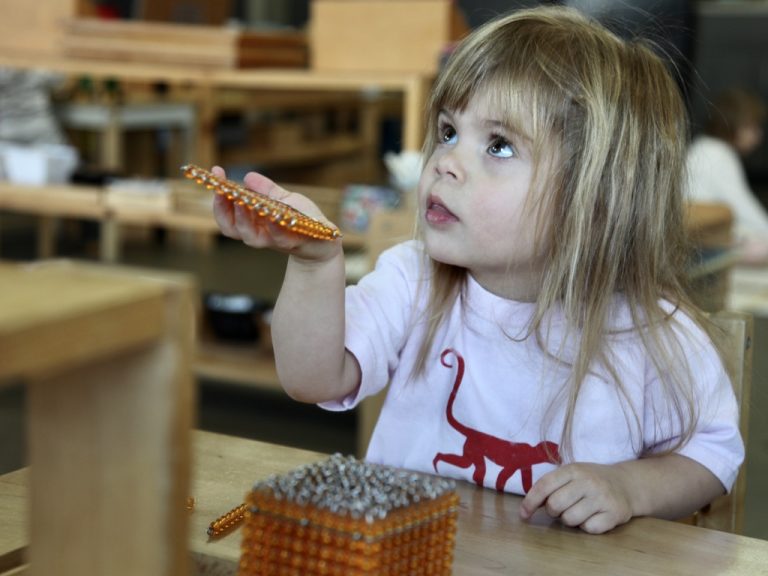What is Empathy and How to Help Children Develop It?
Empathy is understood as a person’s ability to perceive and understand the emotions, thoughts and feelings of another person and be able to understand them, understand situations or put themselves in another’s place. However, empathy is not only about distinguishing another’s emotions , but also doing something to help them. Empathy in children is an ability that can be helped to develop with certain tips that we will share with you later.
This is a very useful social skill in life, which is important to develop from childhood, because it is a very important pillar in socialization. Although it is believed that empathy is innate, that is, that we are all born with a type of empathy, it is also important to learn to develop it throughout life.
How to Help Develop Empathy in Children
Teach by Example
The best way to develop empathy in children and raise more empathetic children is by example. It is a lifelong learning that comes from the heart.
Many times children act to please or satisfy their parents , but it is not what they really feel and that is a big problem; because in adulthood, when they are independent, they will be people with socialization problems.
Demonstrate empathy both at home and outside. Sometimes parents worry about demonstrating things outside the home, but they forget to apply them inside the home. Start at home, teach them to listen to people, to pay attention to what they want to tell you, to their feelings and emotions; and the best way to teach them is to do it with them, show them that what they tell you is important to you. ( Also read: Educational Books for Preschool Children )
One very important thing is to never belittle children’s feelings. For example, you should never say, “Don’t cry over silly things,” “That’s silly, don’t worry about it,” etc. Another way to teach by example is by acting with empathy towards others, for example, helping shelters, people in need, helping a neighbor when they need it, etc.
Stories, Books or Movies
From an early age we can help our children develop their empathy through stories , books or movies. It is a good way to teach them what empathy is and how to act in certain types of cases.
At first, the child will be able to tell that his friend is sad, but he will not know how to act; a movie or story is a good way to explain to them how they should act or how they can help their friend feel better.
Participate in Activities Together
A good strategy to help stimulate and develop empathy in children is to have them participate together in activities that help other people. For example, donating clothes to vulnerable people, giving food to needy families, helping in a hospital, donating toys to kindergartens, etc.
Types and Stages of Empathy in Children
Emotional Empathy: This is the empathy that is felt in the first year of life. For example, it is the type of empathy that a baby feels when he sees his older brother crying, even when nothing is wrong with the baby or something has happened to him. This happens because the baby does not have the ability to differentiate himself as a person apart from his brother or other people.
Empathy up to 2 years: in this case, empathy from the first year has evolved to the point that the baby will no longer cry when seeing his little brother cry because he already recognizes that he is a different person from others. He manages to understand that something is wrong with the other person, but he still does not know how to help or comfort him.
Cognitive empathy : At this stage, the child knows that his or her feelings are different and independent from those of other people and can clearly identify basic feelings and emotions in others.
Empathy from 10 to 12 years old: This is perhaps the most important stage in the development of empathy in children, because in addition to being able to identify the emotions of others, they are also capable of worrying about those feelings, not only of those around them, but also of people they do not know.




